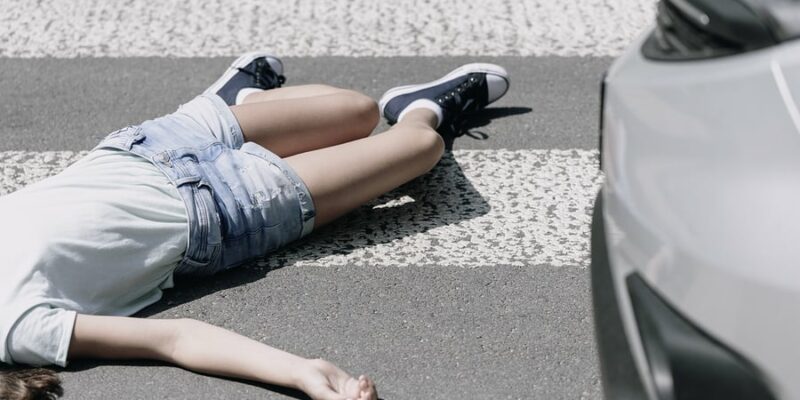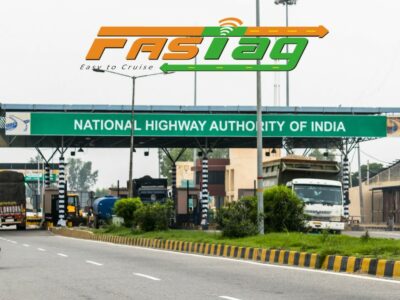Weather plays a more significant role in life than you often realize, especially when it comes to safety on the roads. Surprisingly, it’s not just drivers who face increased risks during bad weather; pedestrians do too. Understanding this link can help us be more cautious and prevent accidents. Knowing the role weather plays can be crucial when accidents happen, especially when seeking assistance from a specialized pedestrian accident attorney from Apex Law Firm. Read further to explore how different weather conditions contribute to increased pedestrian accidents.
Reduced Visibility During Rain and Fog
Rain and fog significantly reduce visibility for drivers, making it harder for them to see pedestrians. Heavy rain or thick fog can blur a driver’s view even with headlights on. Pedestrians, often without any light source, become even less visible.
In these conditions, crossing streets becomes riskier. Rain also distracts drivers as they focus more on the road and less on their surroundings, including crosswalks and sidewalks. Fog adds an eerie layer, masking pedestrians until it’s too late. These are the moments when having a pedestrian accident attorney can be vital, as proving negligence in such weather can be complex.
Slippery Surfaces Increase Fall Risks
Slippery conditions increase the risk of falls for pedestrians, which can lead to serious accidents. Both pedestrians and drivers need to be extra cautious during wet or icy weather. Understanding the risks and taking preventive measures can significantly affect safety.
Windy Conditions and Debris
Strong winds can be more than just an annoyance; they can be downright dangerous. High winds can potentially knock over signs, tree branches, or other debris, creating hazards in pedestrian areas. Pedestrians struggling against the wind might not pay as much attention to traffic, stepping into harm’s way without realizing it.
Windy conditions also affect drivers, especially those in larger vehicles that are more susceptible to being pushed by gusts. This can lead to unexpected swerves towards sidewalks where pedestrians are walking, increasing the risk of accidents.
Early Darkness in Winter Months
Shorter days in winter mean less daylight, which affects pedestrian safety. The early darkness makes it harder for drivers to spot pedestrians, especially if they’re not wearing reflective clothing. On the other hand, pedestrians might misjudge the speed of oncoming vehicles due to the lack of light.
This combination of factors leads to a spike in pedestrian accidents during the winter months. It’s a stark reminder of the importance of visibility and caution for both drivers and pedestrians during these darker hours.
Flash Floods and Water Accumulation
Sudden heavy rains can lead to flash floods, catching both drivers and pedestrians off guard. Water accumulation on roads can cause vehicles to hydroplane, losing control and potentially veering into pedestrian areas. For pedestrians, crossing streets becomes even more dangerous as the depth and flow of water can be misjudged.
In areas prone to sudden flooding, being aware of the weather and avoiding unnecessary risks during storms is crucial for safety. Sometimes, the best decision is to seek shelter and wait out the rain rather than risking a dangerous crossing.
Extreme Heat and Distress
Extreme heat poses its own set of risks. Dehydration and heat exhaustion can disorient pedestrians, making them less aware of their surroundings. Heat can also affect tire pressure and vehicle performance, contributing to accidents.
During heatwaves, everyone needs to take extra precautions. Staying hydrated, wearing appropriate clothing, and being mindful of the effects of heat can help prevent accidents.
The Crucial Role of Caution and Preparation
Ultimately, understanding the risks associated with different weather conditions can help prevent pedestrian accidents. Both drivers and pedestrians need to adjust their behavior based on the weather, whether that means slowing down, wearing visible clothing, or simply paying more attention to their surroundings.
In cases where accidents do occur, the assistance of a pedestrian accident attorney can be invaluable in navigating the complexities of the claim process, especially when weather conditions play a role in the incident. They can help untangle the factors that led to the accident, ensuring that victims receive the support and compensation they deserve.
Weather conditions significantly impact pedestrian safety, contributing to the rise in accidents. From reduced visibility and slippery surfaces to windy conditions and the challenges of extreme weather, being aware and prepared can make all the difference. In unfortunate cases where accidents happen, seeking knowledgeable assistance can provide the support needed to navigate the aftermath. Remember, safety in all weather conditions is a shared responsibility, requiring both caution and preparation from everyone on the road.














